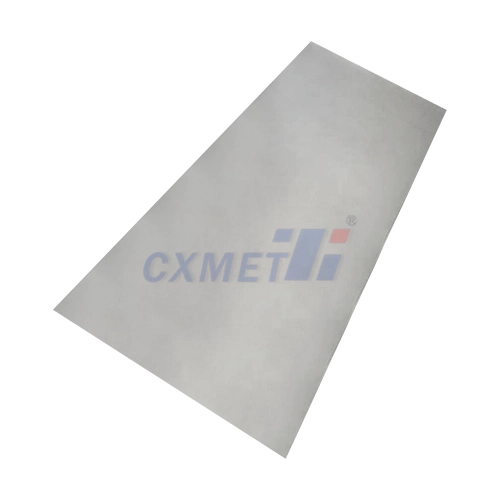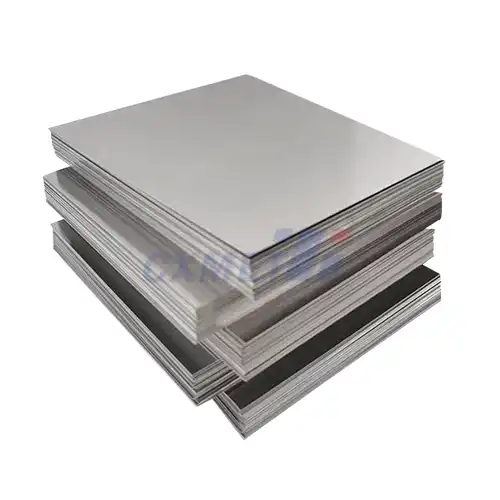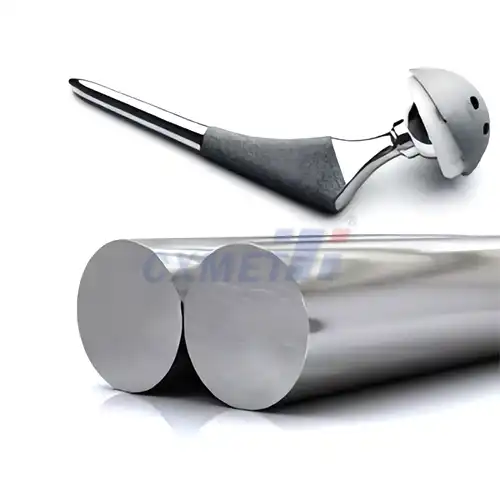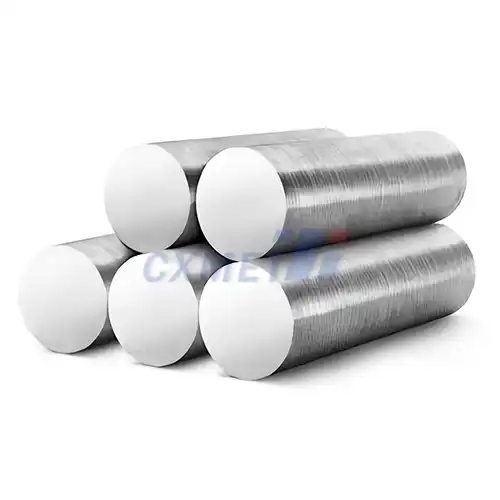- English
- French
- German
- Portuguese
- Spanish
- Russian
- Japanese
- Korean
- Arabic
- Greek
- German
- Turkish
- Italian
- Danish
- Romanian
- Indonesian
- Czech
- Afrikaans
- Swedish
- Polish
- Basque
- Catalan
- Esperanto
- Hindi
- Lao
- Albanian
- Amharic
- Armenian
- Azerbaijani
- Belarusian
- Bengali
- Bosnian
- Bulgarian
- Cebuano
- Chichewa
- Corsican
- Croatian
- Dutch
- Estonian
- Filipino
- Finnish
- Frisian
- Galician
- Georgian
- Gujarati
- Haitian
- Hausa
- Hawaiian
- Hebrew
- Hmong
- Hungarian
- Icelandic
- Igbo
- Javanese
- Kannada
- Kazakh
- Khmer
- Kurdish
- Kyrgyz
- Latin
- Latvian
- Lithuanian
- Luxembou..
- Macedonian
- Malagasy
- Malay
- Malayalam
- Maltese
- Maori
- Marathi
- Mongolian
- Burmese
- Nepali
- Norwegian
- Pashto
- Persian
- Punjabi
- Serbian
- Sesotho
- Sinhala
- Slovak
- Slovenian
- Somali
- Samoan
- Scots Gaelic
- Shona
- Sindhi
- Sundanese
- Swahili
- Tajik
- Tamil
- Telugu
- Thai
- Ukrainian
- Urdu
- Uzbek
- Vietnamese
- Welsh
- Xhosa
- Yiddish
- Yoruba
- Zulu
Is Gr3 Titanium Wire Suitable For High-Temperature Applications?
2024-12-27 15:38:44
Gr3 titanium wire, also known as Grade 3 titanium wire, is a popular material in various industries due to its unique properties. When it comes to high-temperature applications, many engineers and manufacturers wonder about its suitability. This blog post will explore the characteristics of Gr3 titanium wire and its performance in high-temperature environments, helping you determine if it's the right choice for your specific needs.

What are the temperature limitations of Gr3 titanium wire?
Gr3 titanium wire exhibits excellent performance in a wide range of temperatures, but it does have limitations. Understanding these temperature limitations is crucial for determining its suitability for high-temperature applications.
The maximum service temperature for Gr3 titanium wire is generally considered to be around 600°C (1112°F). At this temperature, the wire maintains its structural integrity and mechanical properties without significant degradation. However, it's important to note that the exact temperature limit can vary depending on the specific application, duration of exposure, and environmental conditions.
Below 600°C, Gr3 titanium wire demonstrates excellent strength and corrosion resistance. It maintains its mechanical properties and remains stable, making it suitable for a wide range of applications in this temperature range. The wire's strength-to-weight ratio remains high, and it continues to resist oxidation and corrosion effectively.
As the temperature approaches 600°C, some changes in the material properties may begin to occur. The wire may experience a gradual decrease in tensile strength and an increase in ductility. However, these changes are generally minimal and do not significantly impact the wire's performance in most applications.
Above 600°C, the properties of Gr3 titanium wire start to change more rapidly. The material may experience increased oxidation rates, which can lead to the formation of a brittle oxide layer on the surface. This oxide layer can affect the wire's mechanical properties and potentially compromise its performance in certain applications.
It's worth noting that while 600°C is often cited as the maximum service temperature, Gr3 titanium wire can be used for short periods at even higher temperatures. For instance, in some specialized applications, it may be exposed to temperatures up to 800°C (1472°F) for brief durations without catastrophic failure. However, such use should be carefully evaluated and tested to ensure it meets the specific requirements of the application.
When considering Gr3 titanium wire for high-temperature applications, it's essential to take into account not only the maximum temperature but also the duration of exposure, thermal cycling, and the surrounding environment. These factors can all influence the wire's performance and longevity in high-temperature conditions.
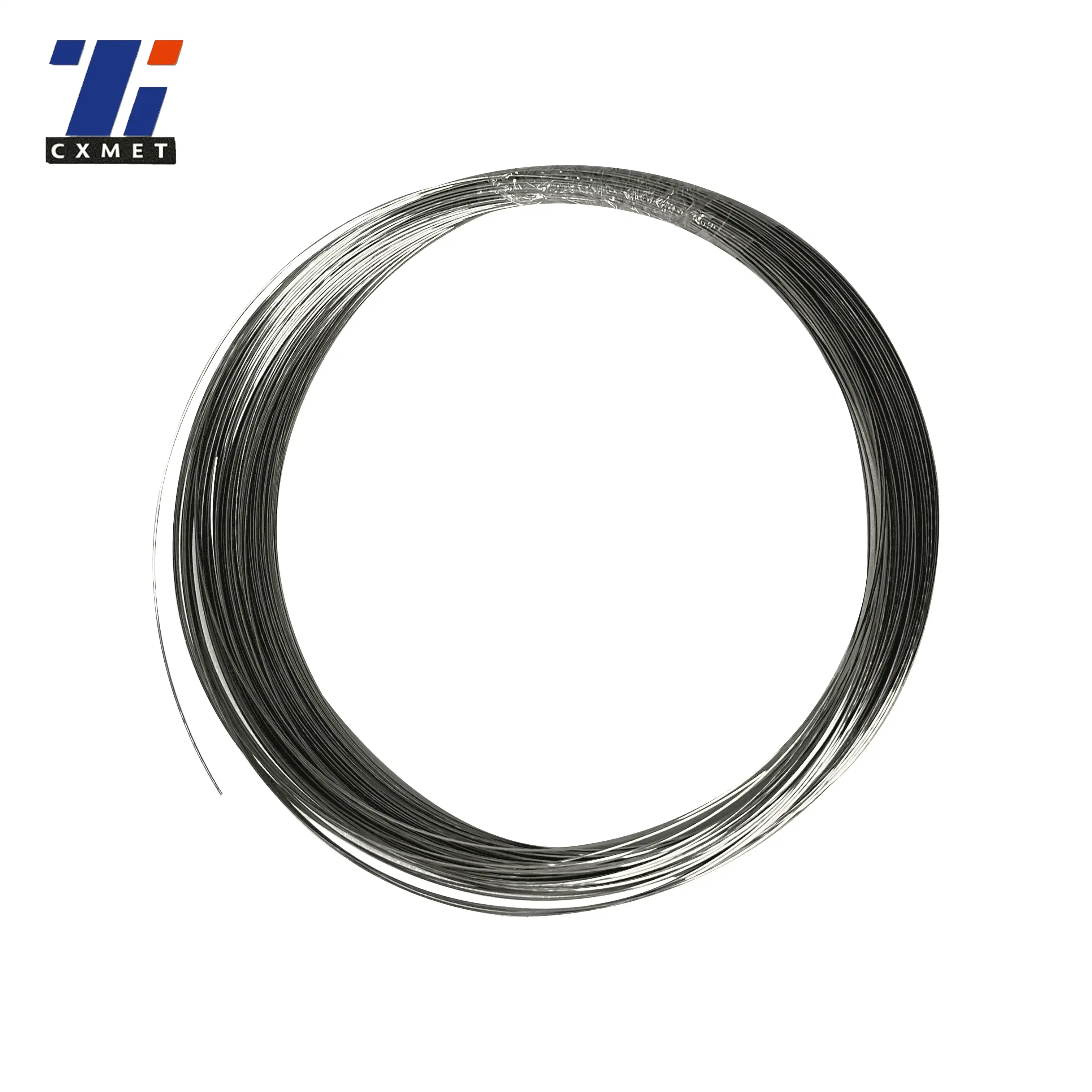
How does Gr3 titanium wire compare to other materials for high-temperature use?
When evaluating materials for high-temperature applications, it's essential to compare Gr3 titanium wire with other commonly used materials. This comparison helps in understanding the advantages and potential limitations of Gr3 titanium wire in high-temperature environments.
Compared to stainless steel, Gr3 titanium wire generally offers better corrosion resistance and a higher strength-to-weight ratio. Stainless steel, particularly austenitic grades like 316, can be used in temperatures up to 800°C (1472°F), which is higher than Gr3 titanium. However, titanium's lower density makes it preferable in applications where weight is a critical factor.
Nickel-based superalloys, such as Inconel, are often used in extreme high-temperature applications, capable of withstanding temperatures up to 1200°C (2192°F). While these alloys outperform Gr3 titanium wire at very high temperatures, they are significantly more expensive and have a higher density, which can be a disadvantage in weight-sensitive applications.
Refractory metals like tungsten and molybdenum can withstand even higher temperatures, often exceeding 2000°C (3632°F). However, these materials are extremely dense, expensive, and can be challenging to work with. They are typically reserved for specialized applications where no other material can meet the temperature requirements.
Ceramic materials, such as silicon carbide or alumina, offer excellent high-temperature performance, often surpassing metals. However, they are brittle and lack the ductility and formability of metallic wires, limiting their use in wire form.
When comparing Gr3 titanium wire to other titanium grades, it's important to note that higher grades like Gr5 (Ti-6Al-4V) offer improved strength and can be used at slightly higher temperatures. However, Gr3 titanium is more readily available and often more cost-effective for applications that don't require the enhanced properties of higher grades.
In terms of corrosion resistance in high-temperature environments, Gr3 titanium wire often outperforms many other metallic materials. Its ability to form a stable, protective oxide layer helps it resist corrosion even at elevated temperatures, making it particularly useful in challenging environments like chemical processing or marine applications.
The electrical and thermal conductivity of Gr3 titanium wire is lower than that of many other metals, which can be advantageous or disadvantageous depending on the specific application. In some high-temperature scenarios, lower thermal conductivity can be beneficial for thermal management.
Overall, while Gr3 titanium wire may not have the highest temperature resistance compared to some specialized materials, its combination of properties - including corrosion resistance, strength-to-weight ratio, and biocompatibility - make it a versatile and valuable option for many high-temperature applications up to its temperature limit.
What factors should be considered when using Gr3 titanium wire in high-temperature environments?
When considering the use of Gr3 titanium wire in high-temperature environments, several crucial factors need to be taken into account to ensure optimal performance and longevity of the material.
Firstly, the exact temperature profile of the application is a critical consideration. This includes not just the maximum temperature, but also the temperature fluctuations, heating and cooling rates, and duration of exposure. Gr3 titanium wire may perform differently under constant high-temperature conditions compared to cyclic temperature changes. Thermal fatigue can be a concern in applications with frequent temperature cycling, potentially leading to premature failure if not properly accounted for in the design.
The atmosphere or environment in which the wire will be used is another vital factor. While Gr3 titanium has excellent corrosion resistance, certain environments can still pose challenges at high temperatures. For instance, in oxygen-rich environments at elevated temperatures, titanium can form a thicker oxide layer, which might affect its mechanical properties. In reducing atmospheres or in the presence of certain gases, titanium can absorb elements like hydrogen, nitrogen, or carbon, potentially leading to embrittlement or other property changes.
Mechanical stresses on the wire during high-temperature operation must also be considered. The strength of Gr3 titanium wire decreases as temperature increases, so any load-bearing applications need to account for this reduction in mechanical properties. Additionally, creep deformation can become significant at higher temperatures, especially under sustained loads.
The surface condition of the wire is another important aspect. Any surface defects or contamination can act as initiation sites for oxidation or other forms of degradation at high temperatures. Proper cleaning and handling of the wire before and during installation are essential to maintain its integrity in high-temperature applications.
Compatibility with other materials in the system is crucial. At high temperatures, Gr3 titanium wire may interact with other metals or materials it's in contact with, potentially leading to issues like galvanic corrosion or diffusion bonding. This is particularly important in applications where the wire is part of a larger assembly or in contact with different materials.
The cooling rate after exposure to high temperatures can also affect the wire's properties. Rapid cooling from high temperatures can induce thermal stresses or microstructural changes that might impact the wire's performance in subsequent use.
For applications requiring electrical conductivity, it's important to note that the electrical resistance of Gr3 titanium wire increases with temperature. This change in electrical properties needs to be accounted for in designs where the wire serves an electrical function at high temperatures.
The potential for phase transformations in the titanium should also be considered. While Gr3 titanium is an alpha alloy and doesn't undergo phase transformations like some other titanium grades, prolonged exposure to very high temperatures can still lead to microstructural changes that affect its properties.
Finally, regulatory and safety considerations are paramount, especially in critical applications. Adherence to relevant standards and codes for high-temperature materials use is essential, and may require extensive testing and validation of the Gr3 titanium wire in the specific application conditions.
By carefully considering these factors, engineers and designers can make informed decisions about the suitability of Gr3 titanium wire for their specific high-temperature applications, ensuring optimal performance and reliability of their designs.
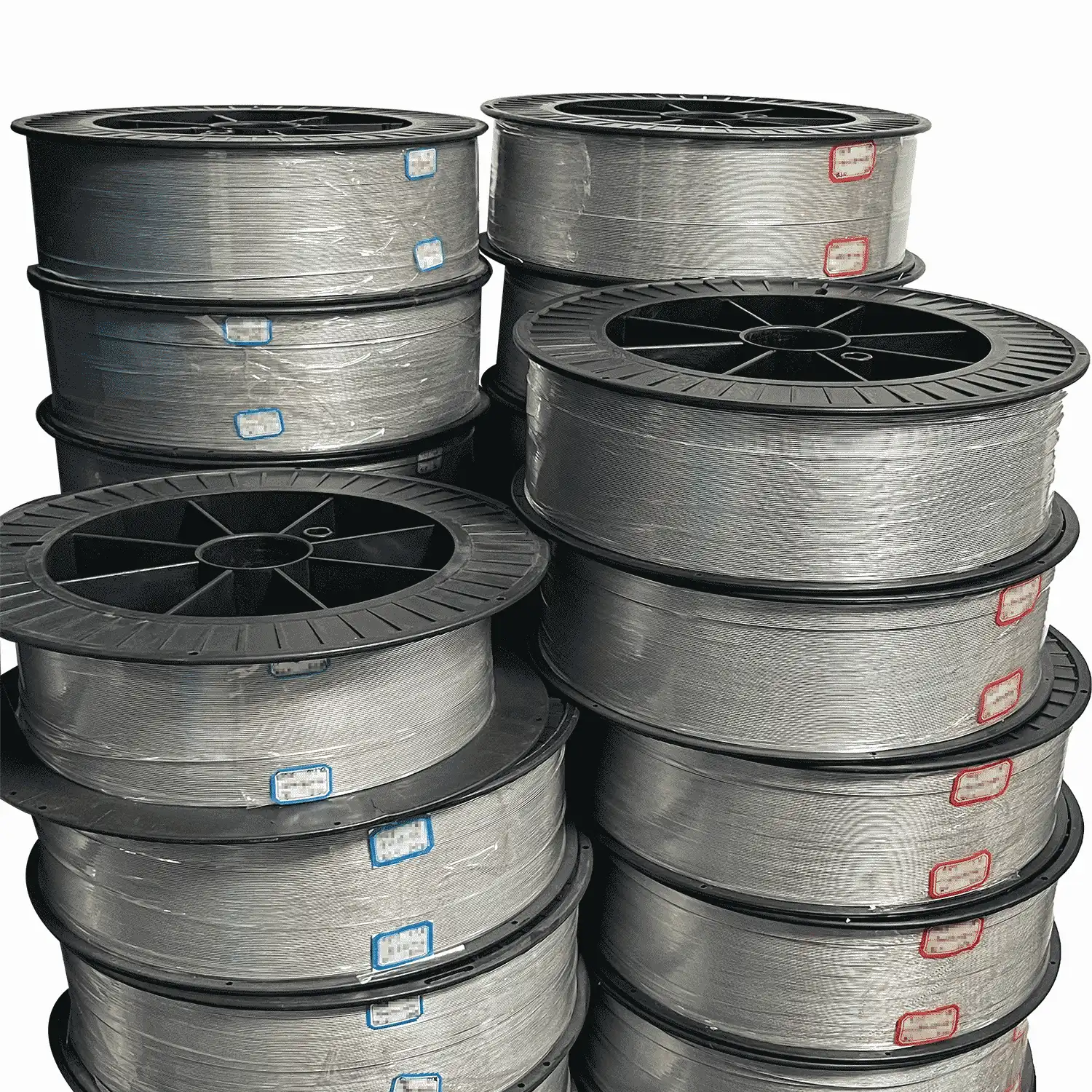
Conclusion
In conclusion, Gr3 titanium wire can be suitable for many high-temperature applications, particularly those operating below 600°C. Its unique combination of properties, including excellent corrosion resistance, high strength-to-weight ratio, and biocompatibility, make it a valuable material in various industries. However, for applications requiring higher temperatures or specific environmental conditions, careful consideration of the factors discussed is essential. By understanding the capabilities and limitations of Gr3 titanium wire in high-temperature environments, engineers and designers can make informed decisions about its use, ensuring optimal performance and reliability in their applications.
At SHAANXI CXMET TECHNOLOGY CO., LTD, we take pride in our extensive product range, which caters to diverse customer needs. Our company is equipped with outstanding production and processing capabilities, ensuring the high quality and precision of our products. We are committed to innovation and continuously strive to develop new products, keeping us at the forefront of our industry. With leading technological development capabilities, we are able to adapt and evolve in a rapidly changing market. Furthermore, we offer customized solutions to meet the specific requirements of our clients. If you are interested in our products or wish to learn more about the intricate details of our offerings, please do not hesitate to contact us at sales@cxmet.com. Our team is always ready to assist you.
References
- ASM International. (2015). ASM Handbook, Volume 2: Properties and Selection: Nonferrous Alloys and Special-Purpose Materials.
- Lutjering, G., & Williams, J. C. (2007). Titanium (2nd ed.). Springer-Verlag Berlin Heidelberg.
- Peters, M., Kumpfert, J., Ward, C. H., & Leyens, C. (2003). Titanium alloys for aerospace applications. Advanced Engineering Materials, 5(6), 419-427.
- Boyer, R., Welsch, G., & Collings, E. W. (1994). Materials Properties Handbook: Titanium Alloys. ASM International.
- Donachie, M. J. (2000). Titanium: A Technical Guide (2nd ed.). ASM International.
- Polmear, I., StJohn, D., Nie, J. F., & Qian, M. (2017). Light Alloys: Metallurgy of the Light Metals (5th ed.). Butterworth-Heinemann.
- Banerjee, D., & Williams, J. C. (2013). Perspectives on Titanium Science and Technology. Acta Materialia, 61(3), 844-879.
- Zeng, L., & Bieler, T. R. (2005). Effects of working, heat treatment, and aging on microstructural evolution and crystallographic texture of α, α′, α″ and β phases in Ti–6Al–4V wire. Materials Science and Engineering: A, 392(1-2), 403-414.
- Rack, H. J., & Qazi, J. I. (2006). Titanium alloys for biomedical applications. Materials Science and Engineering: C, 26(8), 1269-1277.
- Leyens, C., & Peters, M. (Eds.). (2003). Titanium and Titanium Alloys: Fundamentals and Applications. John Wiley & Sons.
